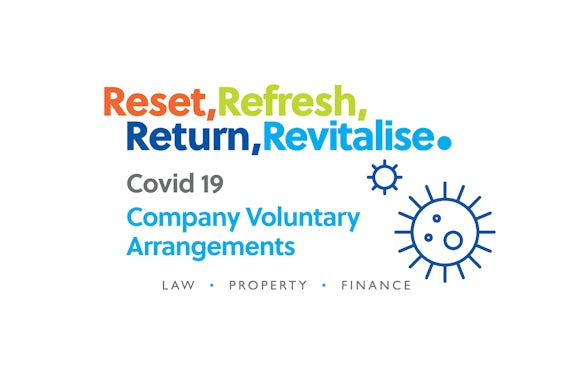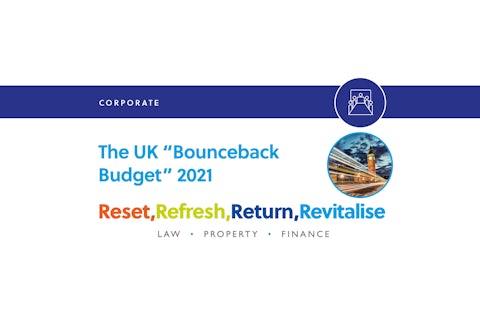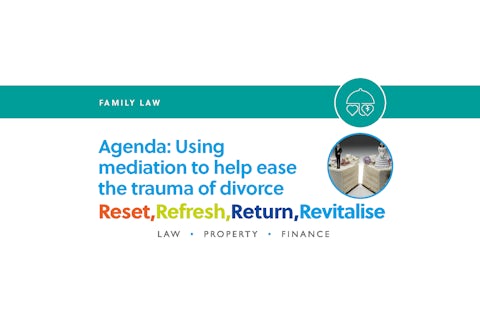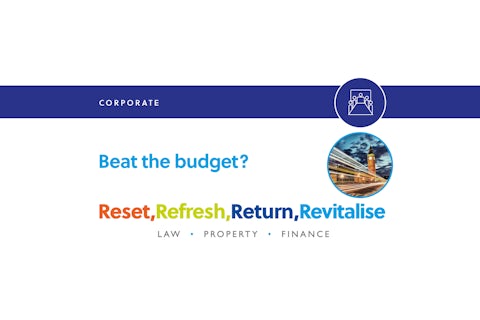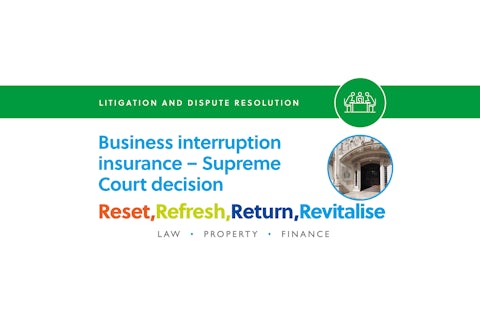I read last weekend with interest that a task force had been put together by the industry lobby group City UK to look at recapitalizing companies coming out of the Corona Virus pandemic laden with debt. This apparently came on the back of queries from the Lloyds Bank Chairman Norman Blackwell asking the Bank of England Governor Andrew Bailey to consider a situation where Banks are unable to lend because customers’ debt is too high. Of course in the Insolvency regime we already have a tool available to deal with that – it is called a Company Voluntary Arrangement.
CVAs are very seldom seen in Scotland. That is in stark contrast to the numbers to England. I have had the pleasure, delight and pain of being involved in some of the Country’s most high-profile CVAs to date. I am left wondering why they are so infrequently used in Scotland in comparison to England.
A CVA has at its heart a comprise of historic debt. It requires 75% of creditors to vote in favour before it becomes binding, but the proposal itself is something that can take into account any debt that a Company has (so long as it is not secured debt). I have covered the technical side of CVAs in other articles before, but the purpose of this note is to make a bold call on what the future holds;
I think that there will be a resurgence of CVAs as we come out of Covid 19 lockdown.
The reason for this is that CVAs can be bespoke to each and every individual Company depending on its debt position. It requires an Insolvency Practitioner to be nominated, and that nominee has to certify the proposal as having viable prospects of succeeding.
However, and crucially, it then still needs the unsecured creditors to vote it in before it takes effect. The effect of the CVA is to protect the Company from creditor actions. The CVA has to set out how much will be paid in terms of total debt payments, when those payments will be made, and how money and assets will be ring-fenced for the purposes of the CVA to enable those payments to be made. It is an incredibly powerful tool which again gives me cause to question why they are not more often used in Scotland.
Every Company Director needs to know what their next month or two of cashflow looks like in detail at this stage. We have gotten used to the new “normal” of lockdown over the last 6 weeks or so, but as we start to look to the future, the Job Retention Scheme and accompanying staff furlough option will end, taxes for which payments have been deferred will start to fall due, and compromises on rental or other outgoing payments will not last forever. The question for Directors is how they make sure their business is still viable, both right now and in the future. That may necessitate a change of approach to customer service; it may necessitate a divesting of customer services themselves; or it may be a question of returning to business as normal, albeit that the new “normal” may look different in 3 to 6 months’ time and is something that none of us can ascertain with any degree of certainty!
Gilson Gray regularly advise on restructuring scenarios, so please feel free to get in touch with me on the details below should you want to have a chat through the above.
To view Steven’s profile, please click here
The information and opinions contained in this blog are for information only. They are not intended to constitute advice and should not be relied upon or considered as a replacement for advice. Before acting on any of the information contained in this blog, please seek specific advice from Gilson Gray.

